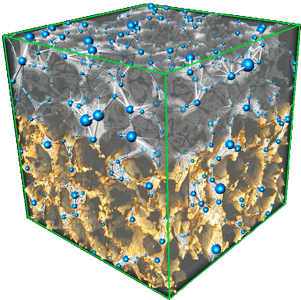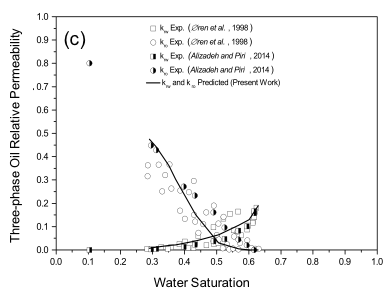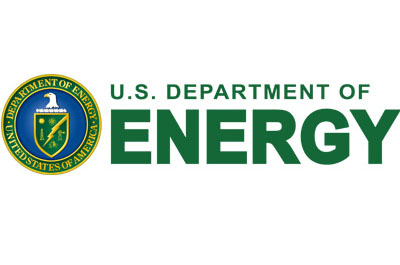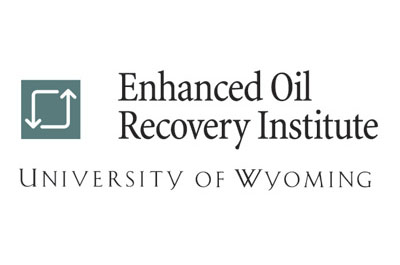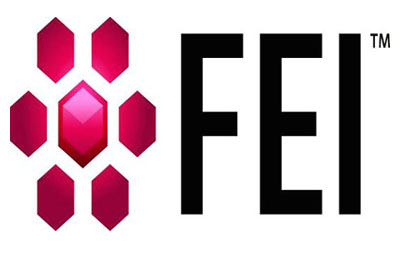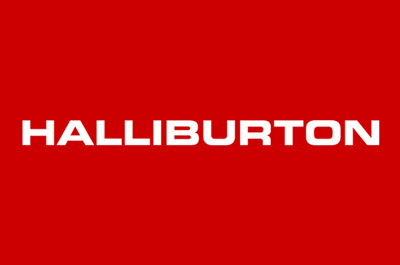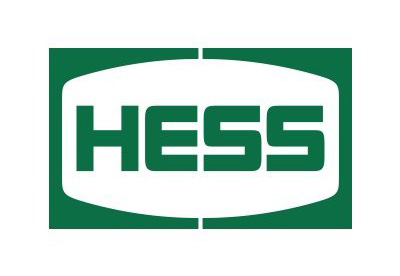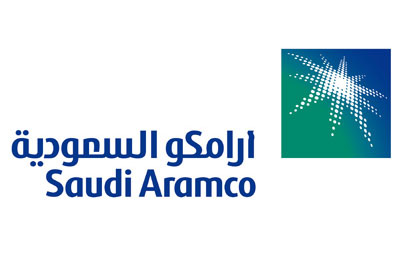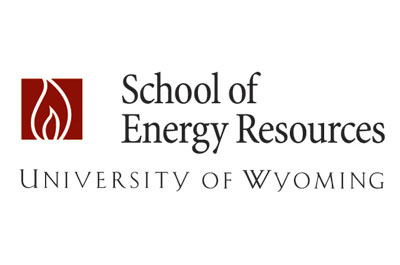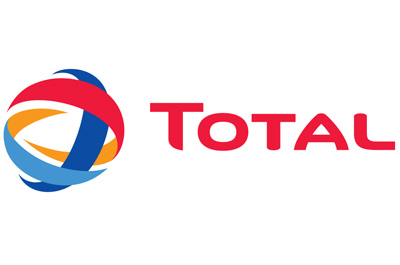The pore network modeling group at Piri Technologies currently works on incorporating more complex, but very important physics of multiphase flow processes, such as mass transfer and convection between different phases, into a more comprehensive dynamic flow model. A fully dynamic modeling approach is applied to better account for the complex dynamics of multiphase flows. In this dynamic flow model, viscous, capillary, and gravity pressure drop all are considered. Wetting-phase corner flow in capillary elements and adjustments of corner interfaces between wetting and non-wetting phases are also consistently modeled. To upscale and simulate the flow processes in core-scale porous media, a heavily parallelized computing scheme is utilized with the help of an in-house high-performance computing cluster consisting of 60 nodes and more than 1,000 computing processors. This dynamic flow model provides a platform to investigate various flow processes in porous media at the core scale using fundamental pore-scale physics.
Currently, our in-house code developers have the a dynamic code capable of modeling the largest sample sizes of anyone else in the pore network modeling business. Comprehensive modeling is able to predict or verify capillary pressure curves and relative permeability for both drainage and imbibition processes.
Current Capabilities
Three-dimensional, heavily-parallelized DYNAMIC pore-scale network model capable of predicting/handling:
- Two-phase relative permeabilities
- Effect of changes in flow rates
- Effect of changes in interfacial tension
- Effect of changes in fluid viscosities
- Longitudinal dispersion coefficient
- Fracture/matrix interactions in fractured porous mediums
- Contact angle hysteresis
- Extra-large pore networks (pore-to-core upscaling)
- Equivalent pore network extraction platform capable of handling:
- Extra-large sample sizes
- Micro porosity
- Mineralogy
- Fractures
Three-dimensional quasi-static pore-scale network model capable of predicting/handling:
- Two-phase relative permeabilities
- Three-phase relative permeabilities for gas injection, WAG, etc.
- Wettability (different values of oil/water, gas/oil, and gas/water contact angles)
- Contact angle hysteresis
- Saturation path tracking under three-phase flow conditions
- Three-phase oil relative permeabilities at low oil saturations


